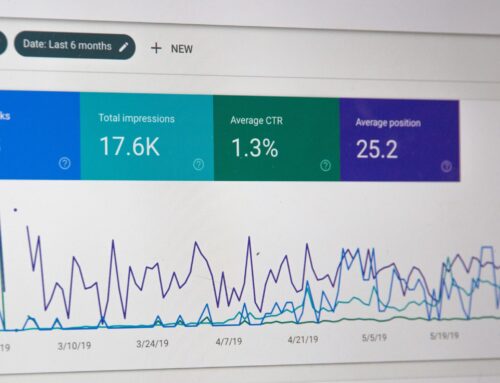 As the LMS industry evolves to meet the needs of newer generations of learners, organizations are having to answer the age-old question “What’s in it for me (WIIFM)?” Learners need more motivation than simply taking courses because they are told to, they need a reason. They want to know WIIFM? Enter customization in the form of learning paths or journeys.
As the LMS industry evolves to meet the needs of newer generations of learners, organizations are having to answer the age-old question “What’s in it for me (WIIFM)?” Learners need more motivation than simply taking courses because they are told to, they need a reason. They want to know WIIFM? Enter customization in the form of learning paths or journeys.
WHAT ARE LEARNING PATHS?
Learning paths are a learner-centric eLearning approach that emphasizes the learner’s goals and objectives, as well as preferences. It also refers to the path that a learner elects on their own, such as which eLearning activities and exercises they choose to participate in during the eLearning experience. For example, a section within a path may ask a learner to complete 3/5 sections or courses to move forward. The learner chooses which to take based on interests and format. Perhaps one section or course is a video, one is a webinar, and the other three are standard module based courses with questions at the end. The learner may choose to view the video, the webinar, and complete one standard course rather than completing three of the same kind of sections or courses.
HOW DO THEY WORK?
With learning paths, you create a learning profile, then assign courses either using off-the-shelf courses or by creating them yourself in CourseBuilder or another authoring tool. Then you can customize criteria that learners must meet before moving on to the next item within a learning path. Settings can be as strict or flexible as the administrator chooses. Creating rules for completing a learning path allows your organization’s learners to master materials incrementally. Making learning more personalized adds motivation and incentive for learners.

WHY LEARNING PATHS?
Learning paths are trending because they provide personalized content and demonstrable value for an organization’s learners. How does the learner get promoted? He or She completes the courses along their path on their journey to the next rung of the ladder. The ability to see how learning applies to them and their career path motivates learners to complete training to advance and accomplish goals. This answers the learner’s question, WIIFM?




